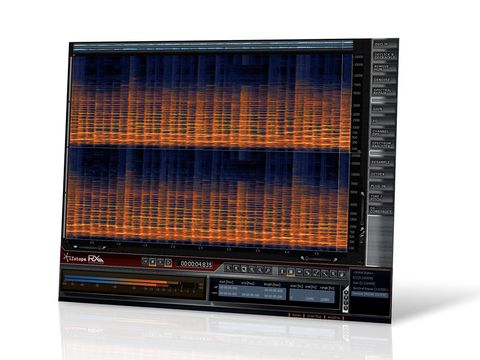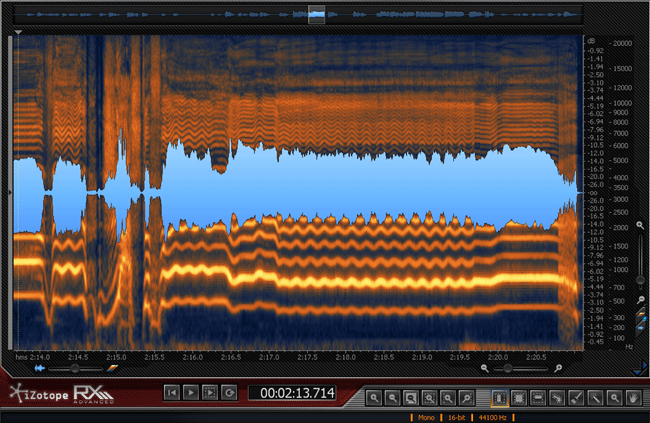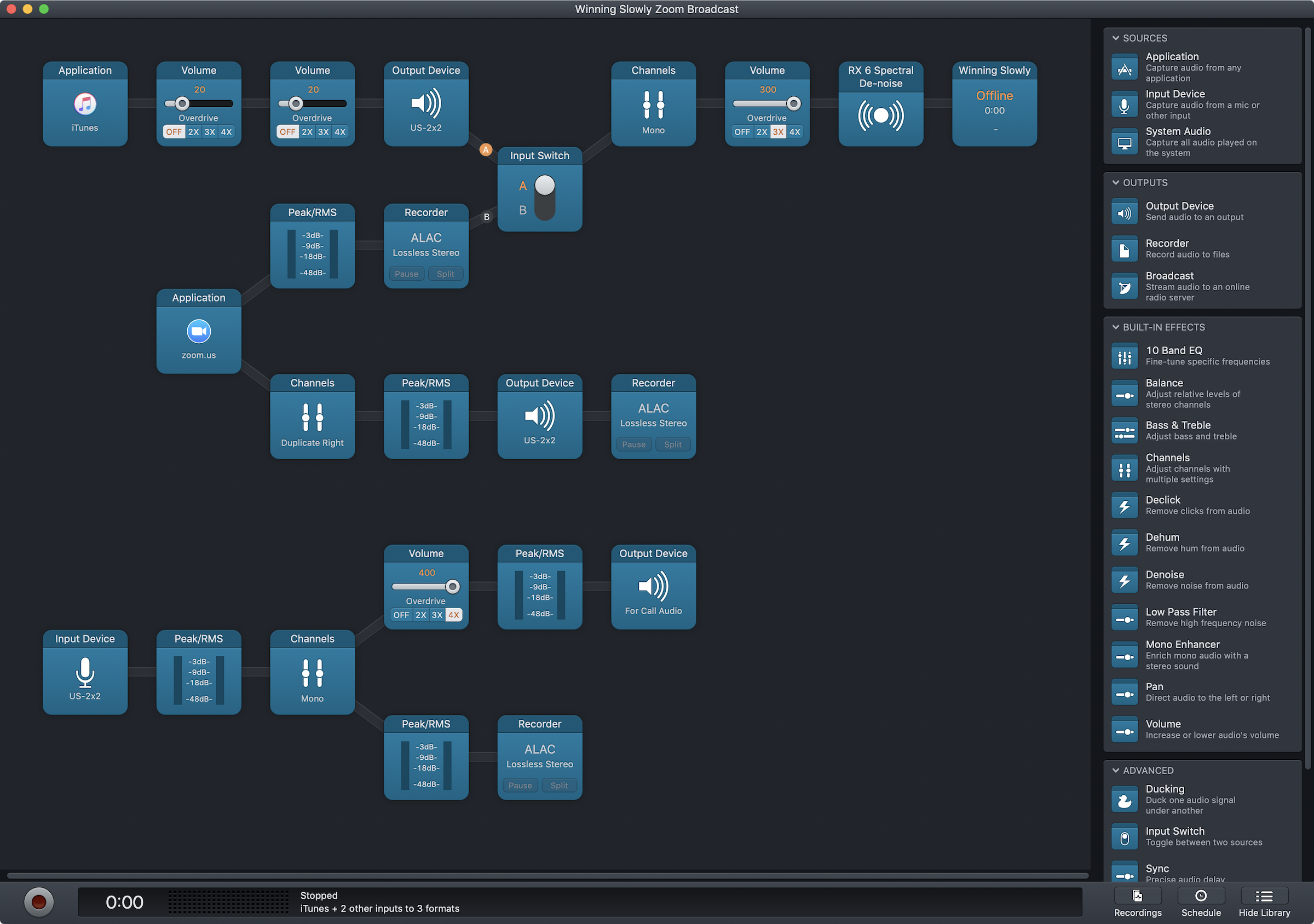

- #Izotope spectral denoise manual#
- #Izotope spectral denoise software#
- #Izotope spectral denoise series#
Some of this took place in my own small studio in Norfolk, using the mic with which we’d recorded the originals but one particular reader could not travel that far, so recorded the changes at a more convenient local facility with a different microphone and sent me the results to be edited in. But then sometime later editing changes were made to the text itself, and so certain passages of the book had to be re–recorded.

The main recording for the audio book, which featured a number of different voices, was done in a London hotel.
#Izotope spectral denoise manual#
The screenshot shows the UI dialogue, and the manual is quite succinct: after you have opened the EQ Match module, it tells you to “make a selection in a file click Learn make another selection click Process.” EQ Match in RX is a greatly simplified form of this. In the latter, the capture process produces visual curves for the overall EQ and difference EQ changes which can be overlaid to allow them to be compared and, if necessary, modified. It is nothing like as sophisticated as Harbal (nor even the Matching EQ feature in iZotope’s own Ozone mastering software. And while EQ matching - the idea of capturing the frequency responses of source and target tracks, and computing an EQ curve to make the former sound like the latter - arguably has a place in mastering and music production, the EQ Match feature in RX4 is so basic as to be of limited use. Ambience Match is not, despite the name, a convolution reverb, or indeed any kind of reverb. I mentioned earlier that some of RX’s existing features are targeted mainly at non–musical applications, and in fact, the two new modules in RX4 probably fall into this category. And that was only the Spectral Repair feature, which provides a highly informative visual interface for spotting and addressing these problems.

Even with projects that did not call for large–scale restoration work, it was good to be able to identify such momentary irritations as vocal glitches, the base of a mic stand being kicked, the studio cat, mic capsule distortions, clunks, coughs and so on, and quickly brush them aside. It has exceedingly good sample–rate conversion (with MBit+ dithering) and, of course, it can repair sonic damage, ameliorating those bad–luck moments in live recordings and unnoticed horrors in studio recordings which cannot be recalled and undone. RX can play almost any file, and has frequently opened recalcitrant formats which had standard DAWs flummoxed.
#Izotope spectral denoise software#
Apart from the DAW itself, it is the one piece of software that I have found to be indispensable, and I have used it on pretty much every mastering session. I have now been using iZotope RX2 since it was released in 2010. Plus, Adobe Audition does contain some stuff licensed from Izotope. Is Adobe Audition's noise reduction process a basic version of Izotope RX? I have never seen or tested a 'live' Izotope RX (but might be persuaded to buy the basic version), but from what I see in the demo video's and screenshots there are quite a few similarities.
#Izotope spectral denoise series#
Rx It, offers you the most comprehensive video tutorial series available, covering both RX 5 and RX 5 Advanced with a fine toothed comb filter, leaving no aspect of the software unexplored. IZotope's RX 5 Audio Editor is in a class by itself when it comes to repairing, restoring, and enhancing audio.

Built with the most troublesome audio imperfections in mind, Spectral De-noise removes unwanted tonal and broadband noise from any type of recording-such as music, old recordings, home movies, production recordings, and more. The Spectral De-noise plug-in and module in iZotope RX 7 provides natural noise reduction with unparalleled clarity and control.


 0 kommentar(er)
0 kommentar(er)
